
Redesign your school library | 2013 National High School Architecture Competition #164
The library at my school, Geneva Community High School, needs to be updated to fit the needs of the current students and teachers. This library was created in the late 1970's and needs new and different types of adaptations to be used today and through the rest of the twenty first century. Our library is outdated, has no private study areas, and always feels cluttered. When interviewing the librarians at my school, their opinion of storage space was made clear. There are many book shelves throughout our whole library space with not enough books to fill them. Today, libraries are used more to socialize and as a clam place to hang. Even though books are still a main part of them, the excess storage space creates for a cluttered and boring atmosphere. Our library also has a wide open floor plan. This makes for no private studying areas and an open, empty environment. There are many different things that need to be changed, but our library has to potential to be great! Since this library was built over thirty years ago, it has many design elements from the seventies. I believe it is important to design places like these with a timeless theme in mind. Making something too trendy will cause it to go out of style in even less than ten years. School colors are great for High School libraries because they won't change. My new library will be designed with all the students and teachers in mind along with current technology that will help further education.
.png)


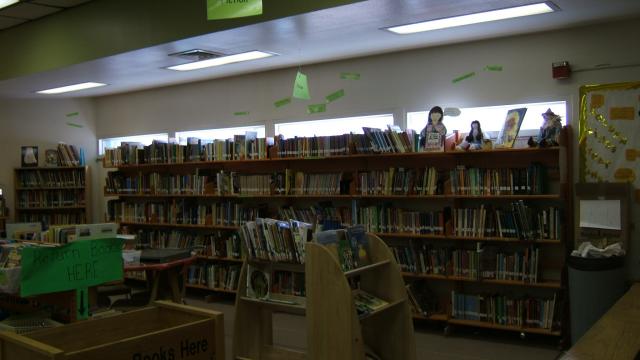
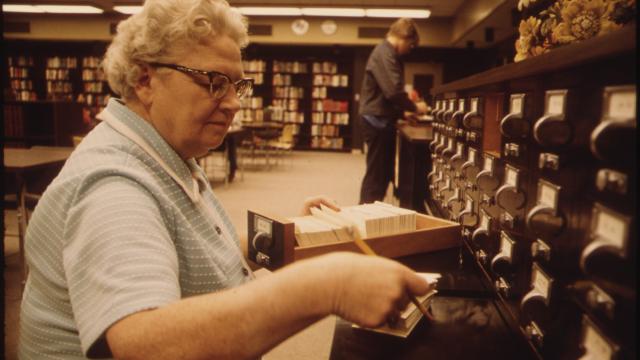

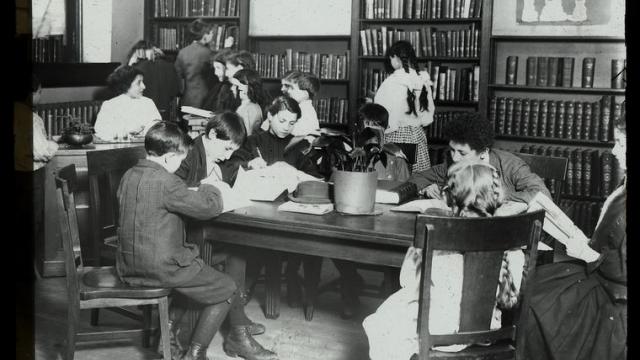
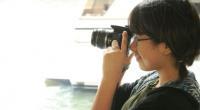







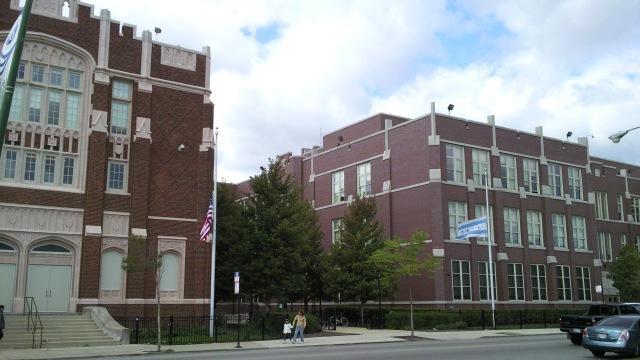
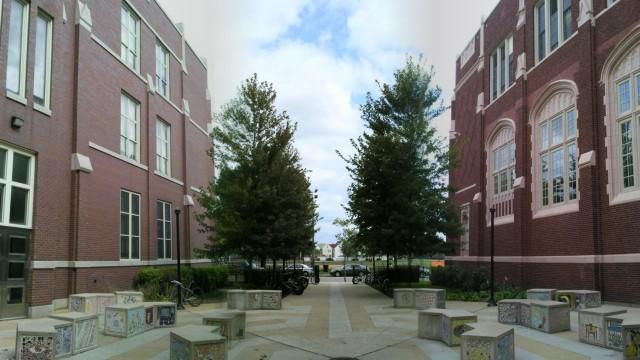
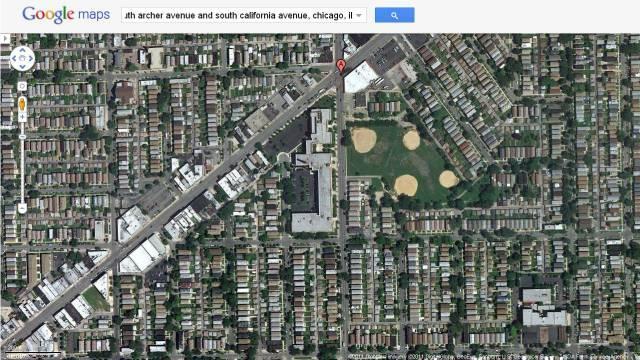
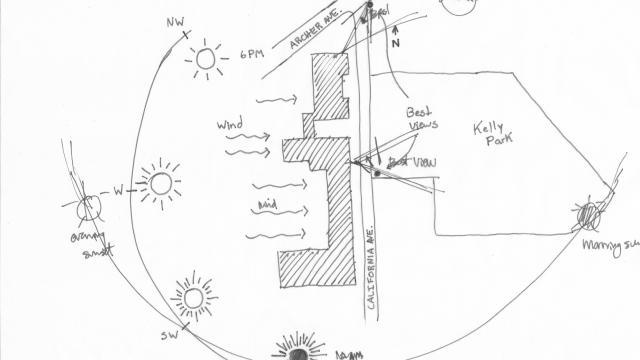
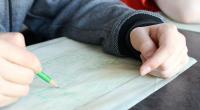
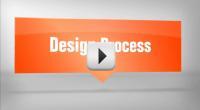




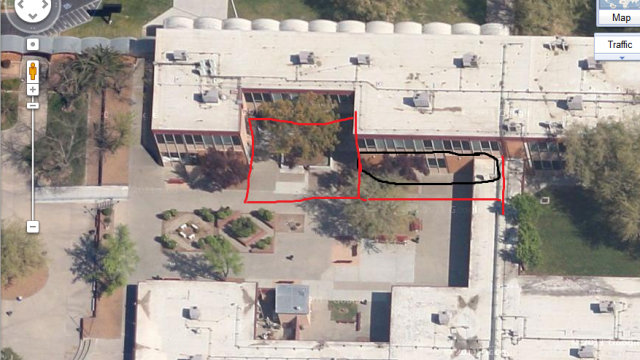
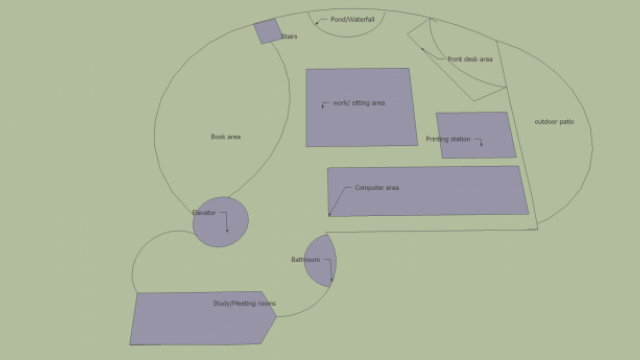
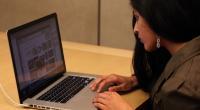
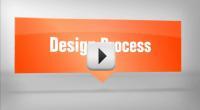




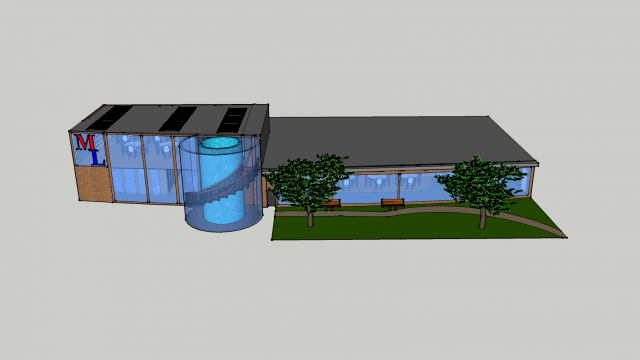
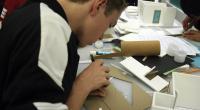
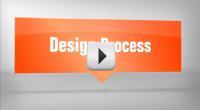





Comments
Great ideas here. I like that you have identified that books are still important, but that libraries are changing. Timeless design is always important!